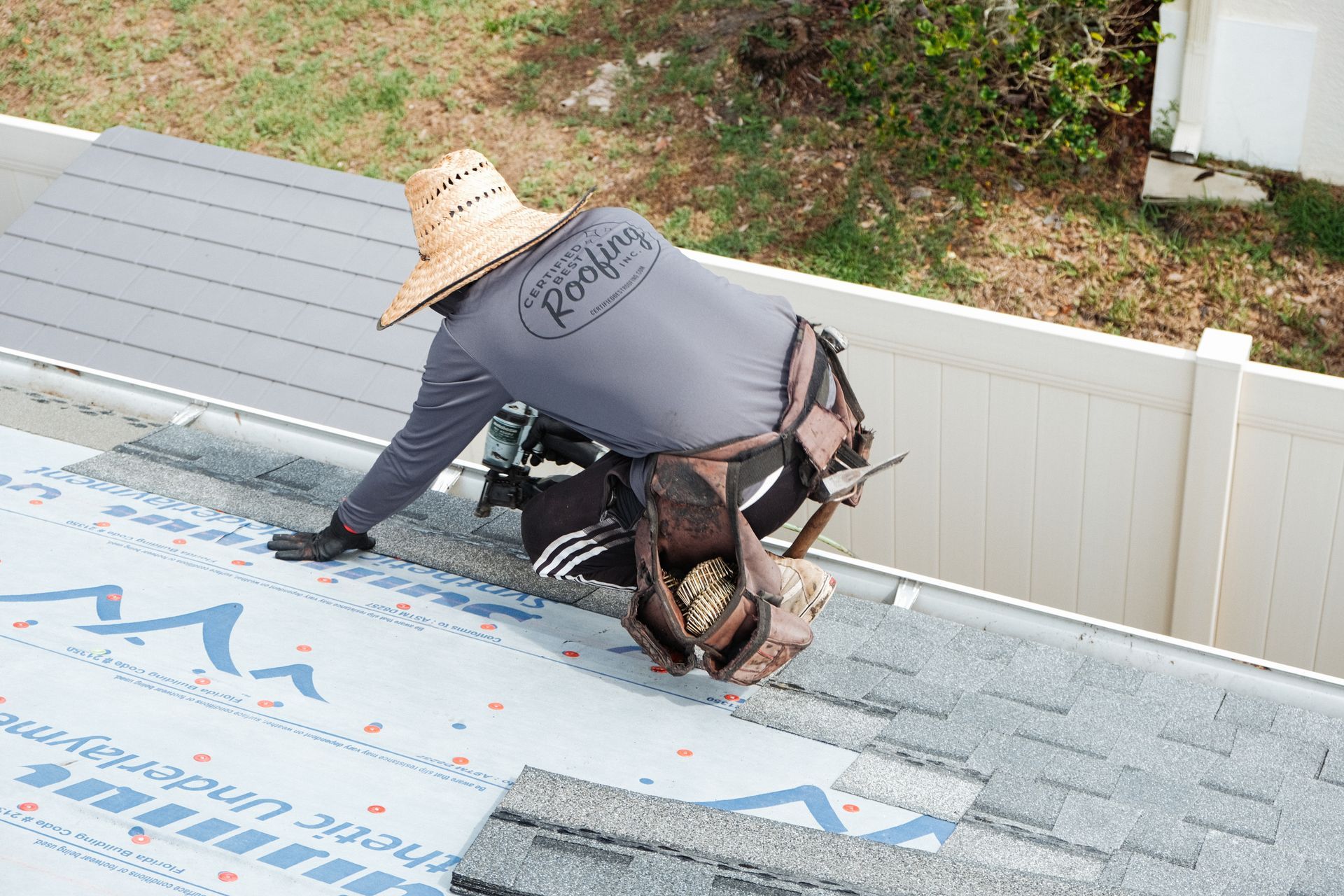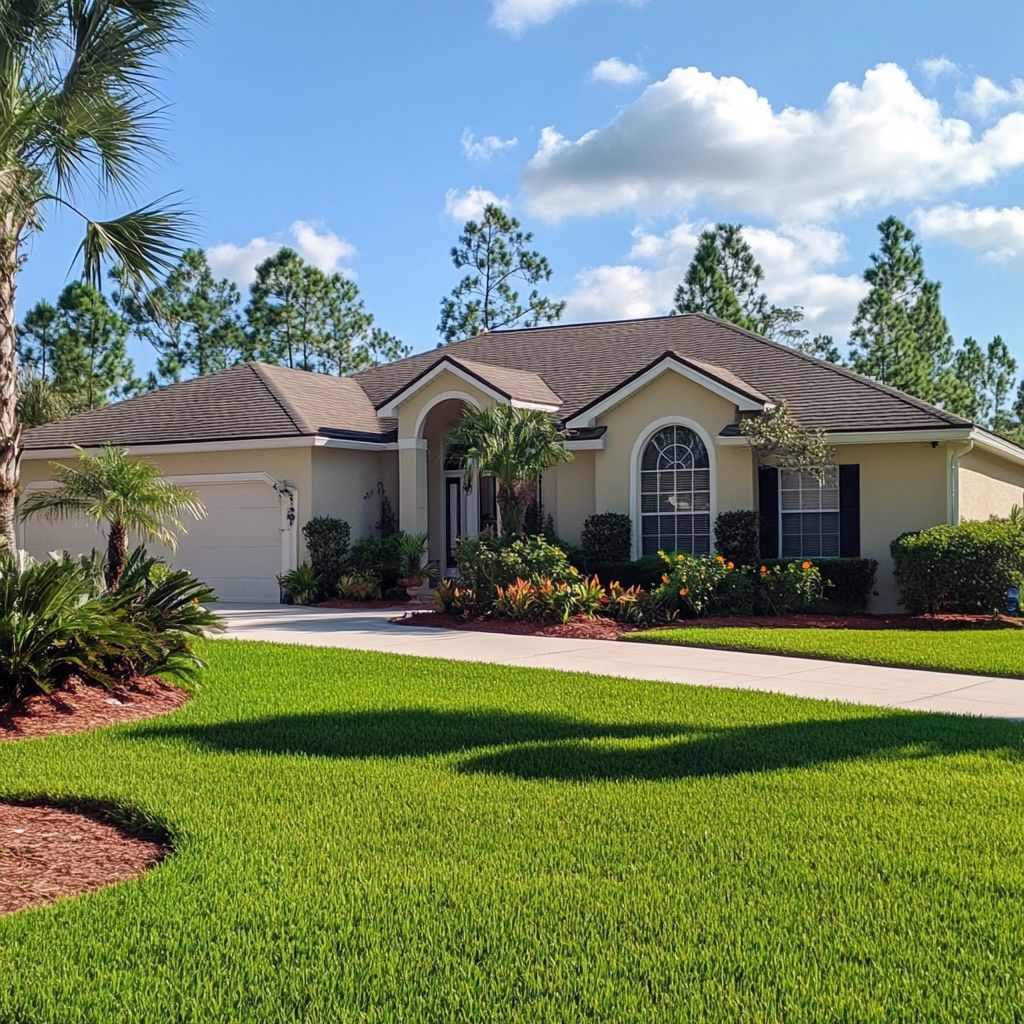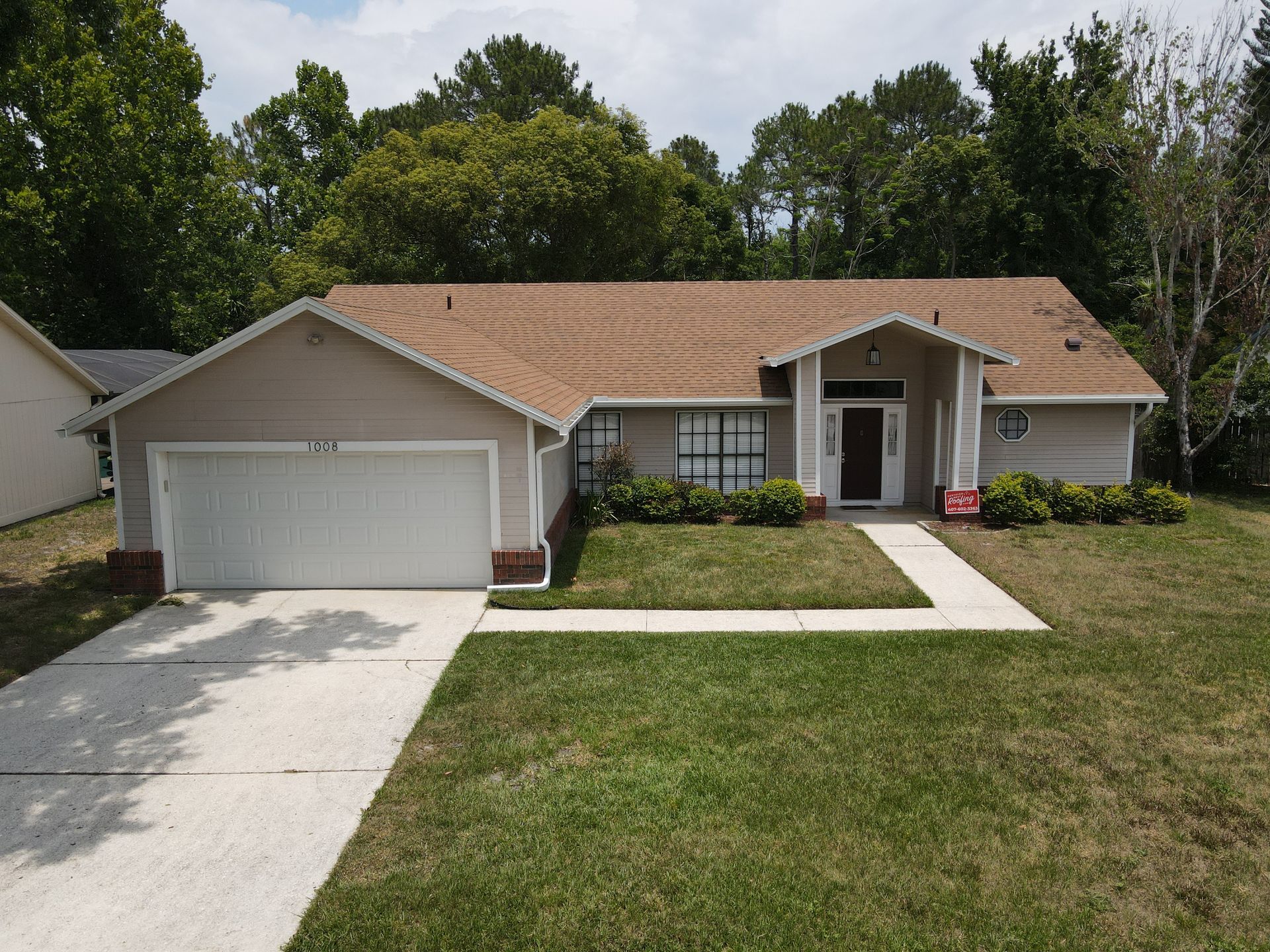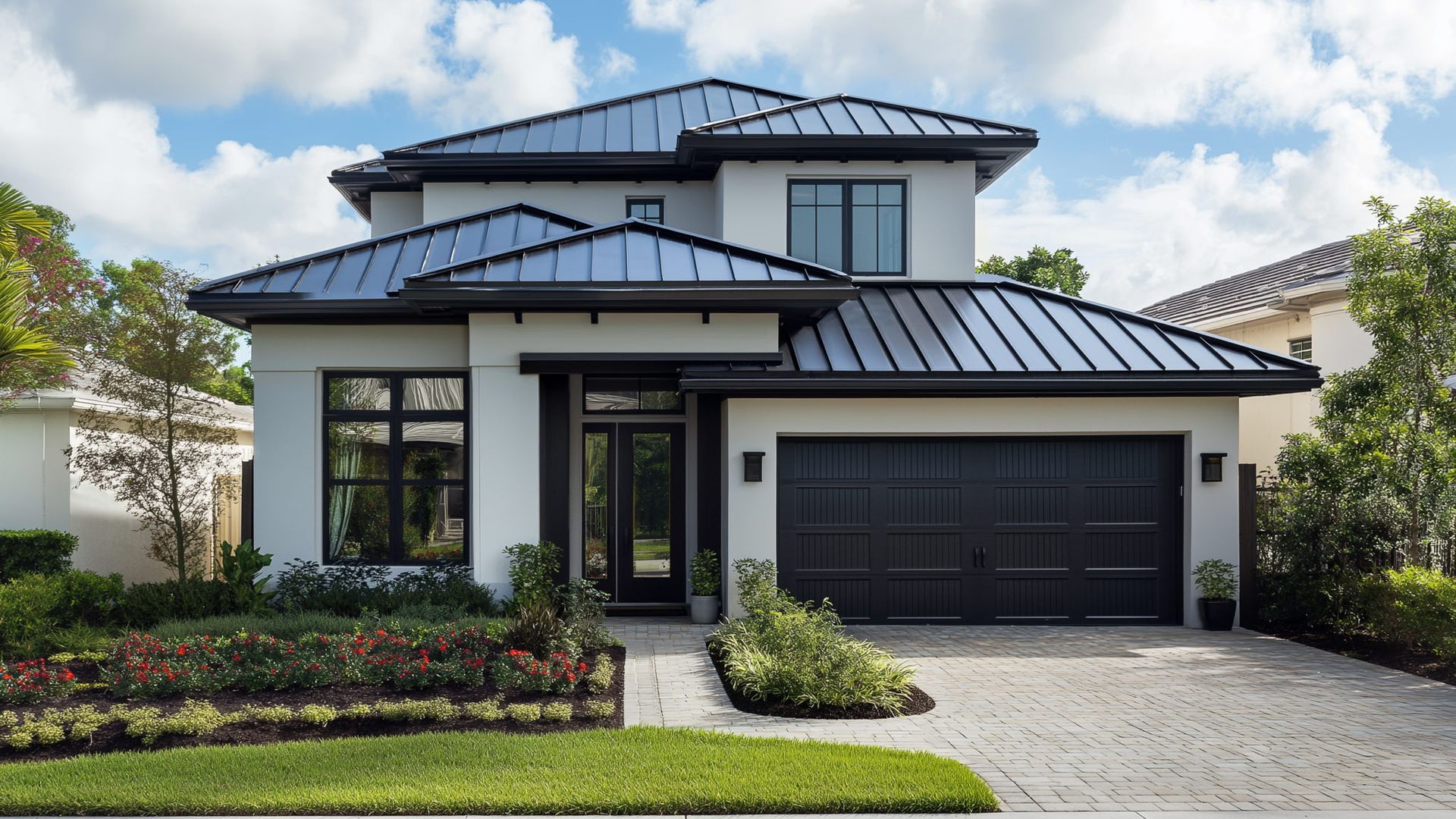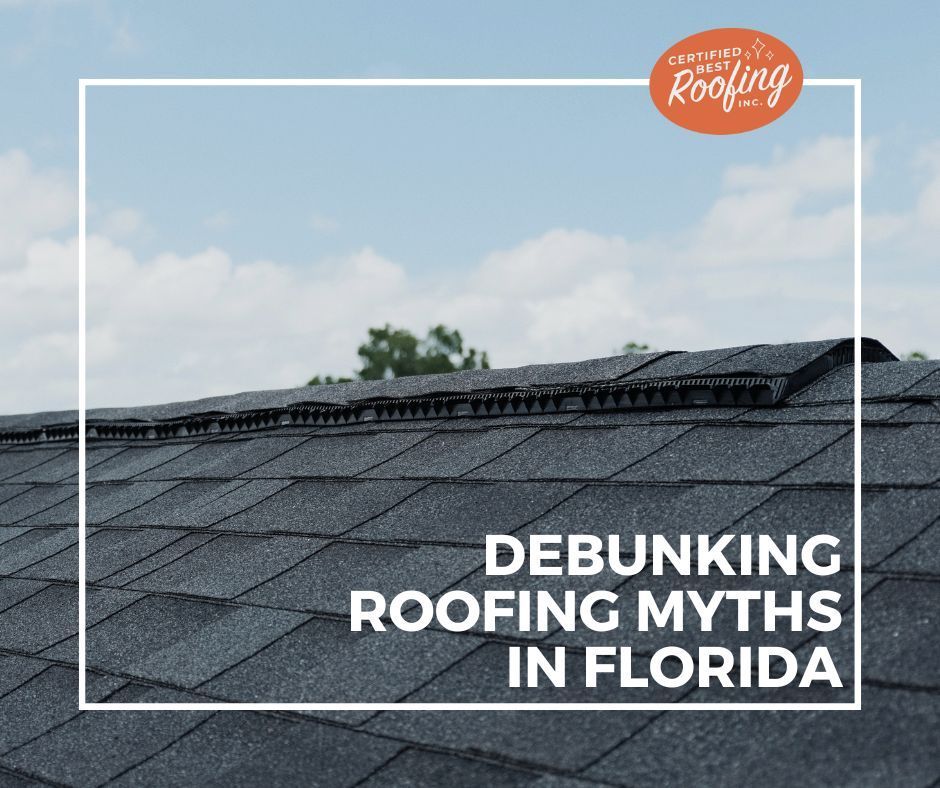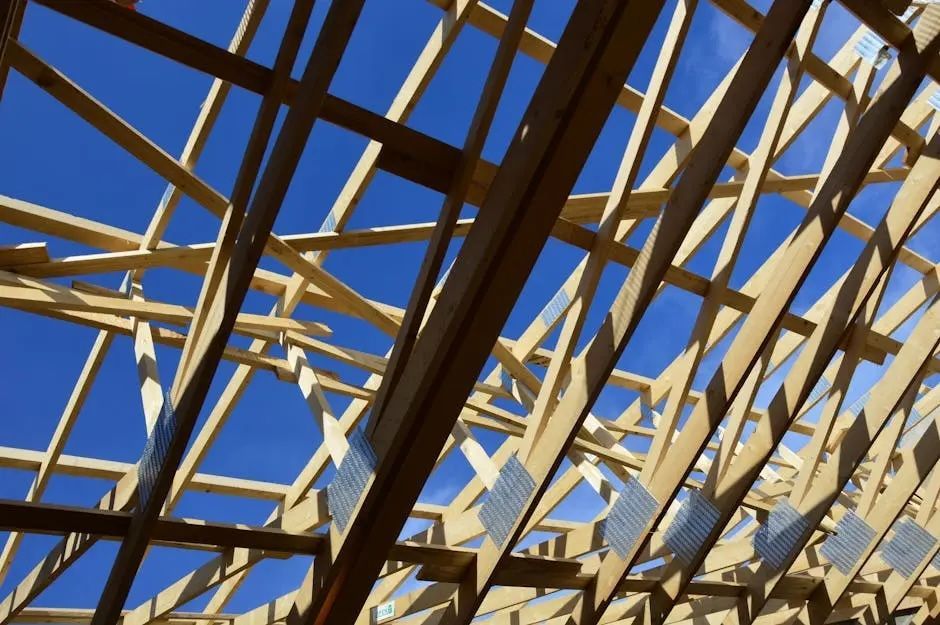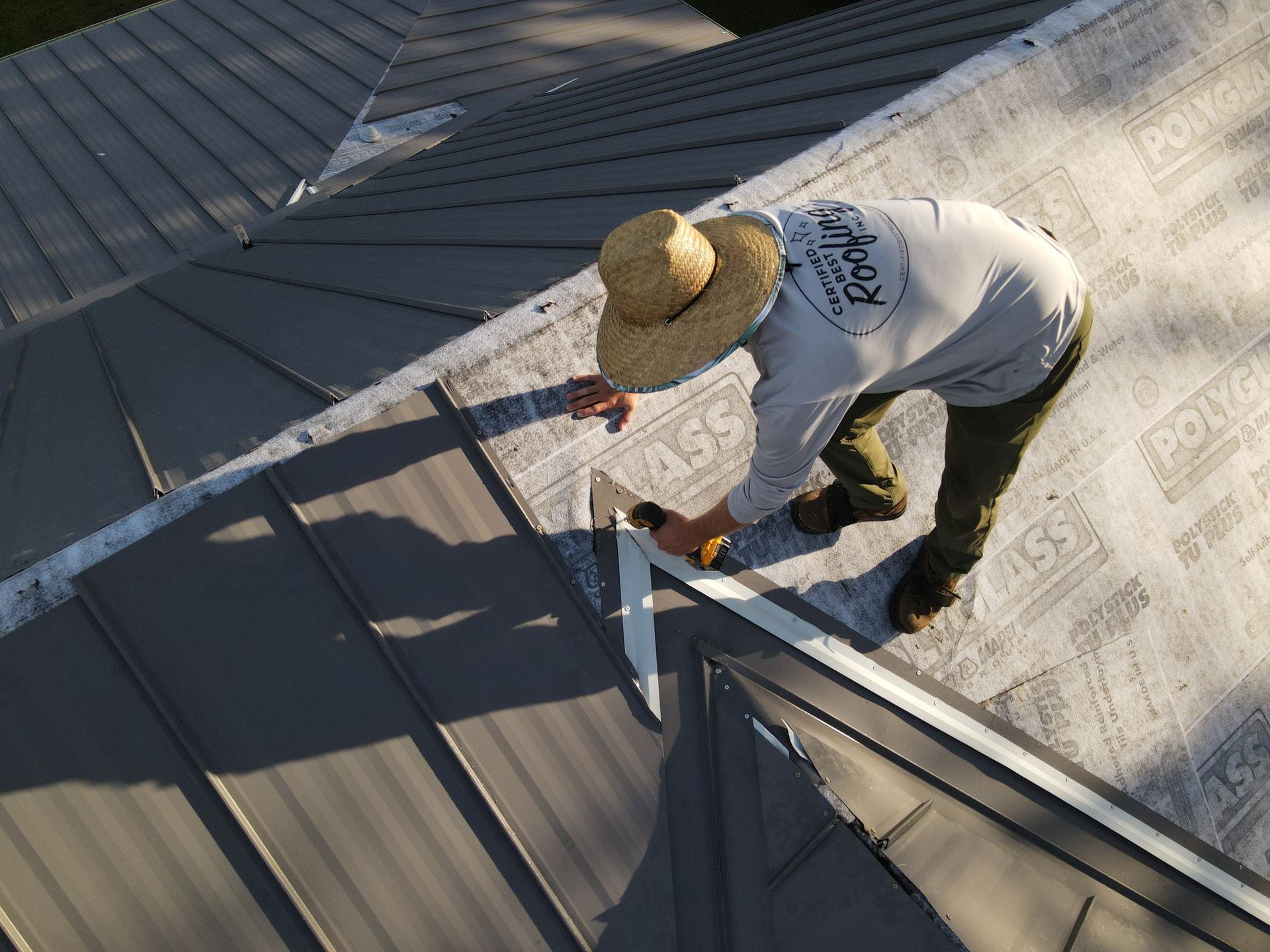Controversy Corner: Debunking Roofing Myths in Florida
When people think of Florida, they often imagine beaches, sunshine, and warm weather most of the year. Because of that image, many homeowners and even some contractors end up believing certain myths about roofing in the Sunshine State. From the idea that Florida roofs don’t need cold-weather protection to the belief that all roofing materials react the same way to hurricanes, these misconceptions can cost you time and money. In this blog, we’ll tackle the top roofing myths in Florida—explaining where they come from, why they’re wrong, and how you can better protect your home. Whether you’re a new homeowner or a long-time resident, understanding the truth behind these claims can help you make the best decisions for your roof. Let’s dive in.
1. Myth: Florida Is Always Hot, So Cold Weather Doesn’t Matter
One of the most common myths is that Florida weather stays hot year-round, so there’s no need to worry about cooler temperatures. In reality, certain parts of Florida can still experience cold snaps. These changes in temperature may cause roofing materials to expand and contract more than people realize. For example, if you have asphalt shingles, they can become brittle in cooler weather, making them more prone to cracks or breaks if a branch or piece of debris hits them.
Though Florida doesn’t have the same winter issues as northern states, temperature swings can still happen. A sudden drop from 80°F during the day to near 40°F at night can stress some roofing materials. Over time, this repeated expansion and contraction can lead to small gaps. Once water finds its way into those gaps, the underlayment or decking beneath the shingles may develop rot or mold. So, even though Florida’s climate is mostly warm, it’s smart to keep an eye on your roof during those cooler months and schedule regular inspections.
2. Myth: All Florida Roofs Are Hurricane-Proof by Law
Florida is known for strict building codes, especially after major hurricanes like Andrew in 1992. However, it’s not accurate to assume every roof installed in Florida automatically meets the highest hurricane-proof standards. While Florida’s building codes are designed to make homes more resistant to hurricanes, not all homes have roofs built or renovated under the newest codes. Some properties are older, and their roofs may have been installed to meet different standards.
Even if your roof does meet the most recent code requirements, that doesn’t mean it’s immune to all storm damage. Extreme winds and flying debris can damage even the best roofs. Also, if your roof isn’t well-maintained—if shingles are loose, flashing is damaged, or gutters are clogged—its performance during a hurricane can suffer. Ultimately, building codes are a minimum standard, not a guarantee. Regular inspections, prompt repairs, and proper installation of materials can go a long way in helping your roof stand up to stormy weather.
3. Myth: Metal Roofs Are Too Loud in Rainstorms
Some Floridians assume that a metal roof will sound like a tin drum whenever it rains. They picture themselves unable to sleep during a heavy storm because of the loud noise on the metal panels above. But modern metal roofing isn’t like a simple piece of sheet metal nailed to rafters. Today’s metal roofing systems include underlayment, insulation, and fastening methods that reduce noise significantly.
In many cases, a metal roof is no louder than asphalt shingles in a rainstorm, especially if you have a well-insulated attic. The layers underneath the metal roofing absorb a good deal of the sound. Plus, metal roofs offer a range of benefits: they can reflect sunlight, helping lower cooling costs, and they typically have a long lifespan. Rather than dismissing metal roofs over noise concerns, talk to a reputable contractor about how modern systems are designed to keep things quiet.
4. Myth: You Don’t Need to Clean Your Roof If It Doesn’t Look Dirty
Florida’s humid and warm environment can be a perfect breeding ground for algae, mold, and mildew—even if you don’t see it right away. Some homeowners skip regular cleaning because their roof doesn’t appear to have dirt or stains. But just because your roof looks fine on the surface doesn’t mean there aren’t small organisms eating away at the shingles or tile. Algae can spread underneath the surface, loosening granules from shingles and weakening the materials.
Waiting until you see visible discoloration might mean the damage is already underway. Regular, gentle cleaning (or hiring a professional roof cleaning service) can help prolong the life of your roof, maintain better curb appeal, and avoid bigger problems down the line. When cleaning, it’s also important to use methods approved for your roofing material. Harsh chemicals or high-pressure washing can actually do more harm than good.
5. Myth: A Roof That’s Only 10 Years Old Doesn’t Need Inspection
Some people believe that a younger roof—say, under 10 or 15 years old—doesn’t need inspection unless there’s a leak. But storms don’t care how old your roof is. One bad hurricane or strong storm can damage a recently installed roof just as easily as an older one, especially if there are poor installation practices or hidden weaknesses. Regular inspections—usually once or twice a year—are the best way to catch small problems like loose shingles or minor leaks before they become major headaches.
Florida’s weather can wear down roofing materials faster than in other states. High heat, salt air in coastal regions, and sudden temperature shifts can stress even fairly new roofs. An inspection doesn’t have to be expensive or invasive. Often, a roofer will do a quick visual check from the ground and attic, then let you know if they see anything that needs closer attention. Think of it like a check-up for your home. Small issues caught early are cheaper and easier to fix.
6. Myth: You Should Only Call a Roofer After a Big Storm
It’s common for homeowners to wait until after a hurricane or severe storm to call a roofer, especially if they suspect damage. While that makes sense in many cases, focusing solely on post-storm checks can leave your roof vulnerable in the meantime. Storms aren’t the only threat to your roof—everyday wear and tear, as well as lesser storms, can cause slow, subtle damage.
Also, waiting until after a big storm can mean longer wait times for service. Many homeowners in your area might also need repairs, which can overwhelm local roofing companies. By scheduling routine inspections at least once a year—preferably before hurricane season—you can fix small problems early. That way, your roof is in the best shape possible when a major storm arrives.
7. Myth: Any Roofing Material Will Work Fine in Florida
Some homeowners think if a material is sold in Florida, it must be good for Florida’s climate. That’s not always true. Certain types of asphalt shingles, for example, might not handle high winds as well as others. Some metal roofing panels might be too thin or poorly coated, causing rust near salty coastal areas. Similarly, if you choose tile, it needs to be rated for high wind uplift.
That doesn’t mean you have to stick to just one material, but you should be mindful of each product’s suitability for local conditions. Look for shingles that have a high wind rating, metal panels with protective coatings, or tiles that meet Florida building codes. Talk to a roofing professional who understands the specifics of your region—are you inland, near the coast, or in a hurricane-prone area? That local knowledge can help you choose materials that stand up to your environment.
8. Myth: Insurance Always Covers Full Roof Replacement After a Storm
Another controversial myth is that if a storm hits, your insurance will pay for an entirely new roof—no matter what. While Florida’s storm season can be rough, insurance companies typically cover only storm-related damage. If your roof was already in poor condition or past its life expectancy, the insurance payout may only cover the portion of the roof actually damaged by the storm. They might also factor in depreciation, which reduces what they pay out based on the roof’s age.
In some cases, an insurance company may decide your roof wasn’t up to code or was installed incorrectly, which could lead to denied or reduced claims. This is why it’s important to keep records of your roof’s maintenance and any repairs you’ve had done. Having an annual inspection and saving documents can help you prove your roof was in good shape before the storm. While many people do receive coverage for storm damage, don’t assume you can always replace your entire roof without cost. It’s important to understand your policy’s specifics.
9. Myth: A “Lifetime Warranty” on Roofing Means You Never Have to Worry
Many roofing materials come with what they call a “lifetime warranty.” This sounds reassuring, but the reality can be more complicated. Warranties often have conditions, such as proper installation or regular maintenance. If your roof suffers from storm damage that isn’t covered by the manufacturer’s terms, you might still have to pay for repairs. Some “lifetime” warranties even prorate over time, meaning the longer you have the roof, the less coverage you get.
Another factor is workmanship. The material manufacturer typically covers defects in the product, but the roofer might provide a separate warranty for installation errors. If the roofer goes out of business, that workmanship warranty might be lost. Make sure you read the fine print on both product and workmanship warranties and ask questions if something is unclear. If a contractor promises a “no questions asked” lifetime guarantee, that’s a red flag to investigate further.
10. Myth: Do-It-Yourself Roof Repairs Are Always Cheaper
Some homeowners prefer to tackle DIY tasks to save money. While that can work for small fixes like changing a few shingles or cleaning gutters, major roofing repairs are best left to professionals. Walking on a roof can be dangerous if you’re not used to it, and a small mistake can lead to bigger problems, like leaks or damaged shingles. In Florida, where building codes are strict, improper fixes can also cause issues with insurance claims if you ever have to file one.
Professional roofers have the proper gear and training to do the job safely and correctly. They also know the local laws and code requirements. Even if you have some experience in home repair, roofing in Florida can involve specialized materials and methods. Hiring a reputable contractor might cost more upfront, but it can save you from having to redo the work later—or dealing with unintended damage.
11. Myth: You Only Need a Roof Inspection If You Have a Leak
Leaks are an obvious sign you need roof work. But many roofing problems don’t show up as active leaks until they’re pretty severe. By the time you see water stains on your ceiling or drip marks in the attic, the damage could already be widespread. Regular inspections, even when you don’t see a leak, can reveal issues like loose flashing, missing shingles, or mold growth in the early stages.
Think of a roof inspection like a doctor’s checkup for your house. Catching problems early is almost always cheaper and easier than waiting until you have a major “illness.” Even if the inspection turns up no major issues, you’ll have peace of mind. If it does find something, you can fix it before it leads to bigger repairs or interior damage.
12. Myth: Tile Roofs Are Indestructible in Florida
Tile roofs are popular in Florida because of their attractive look and durability. While they do stand up well to the state’s climate, they’re not invincible. Tiles can crack if struck by flying debris in strong winds, or if walked on incorrectly during a repair or inspection. They can also shift if the underlayment fails. If water seeps under the tile, it can lead to mold or rot just like any other roofing system.
Tile roofs also require proper maintenance, including cleaning off algae or moss and checking the underlayment to ensure it hasn’t deteriorated. The weight of tile can be an issue if the home’s structure wasn’t built to carry it, leading to stress on the roof supports over time. Yes, tile can last a long time—sometimes 50 years or more—but it still needs regular care and occasional repairs to truly go the distance.
Conclusion: Stay Informed, Stay Protected
Florida’s unique climate makes roofing more complicated than just throwing on a few shingles. Hot sun, humid air, sudden storms, and occasional cold snaps all play a role in how your roof ages. Misinformation can lead homeowners to skip important maintenance, choose the wrong materials, or make mistakes when it comes to insurance claims. By debunking the myths we’ve discussed—whether about hurricane-proofing, warranties, or routine inspections—you can take better care of your roof and avoid costly surprises.
The key to protecting your home is staying informed. Schedule regular inspections to catch early signs of damage, keep an eye on your attic for leaks or mold, and understand the materials that work best in your part of Florida. If you’re unsure, talk to a licensed, reputable roofing contractor who knows the local building codes and weather conditions. With the right knowledge, you can make sure your roof does its job: protecting you, your family, and your belongings all year round.
